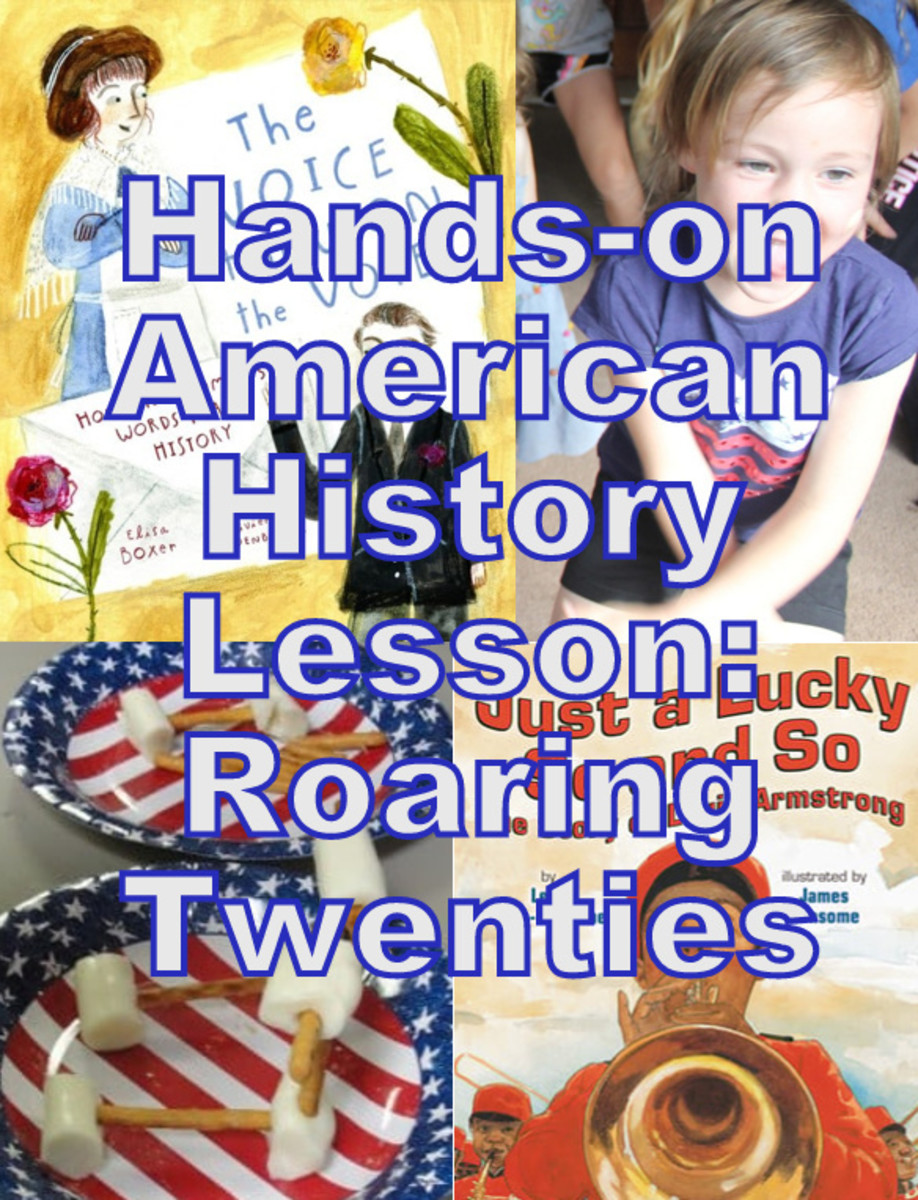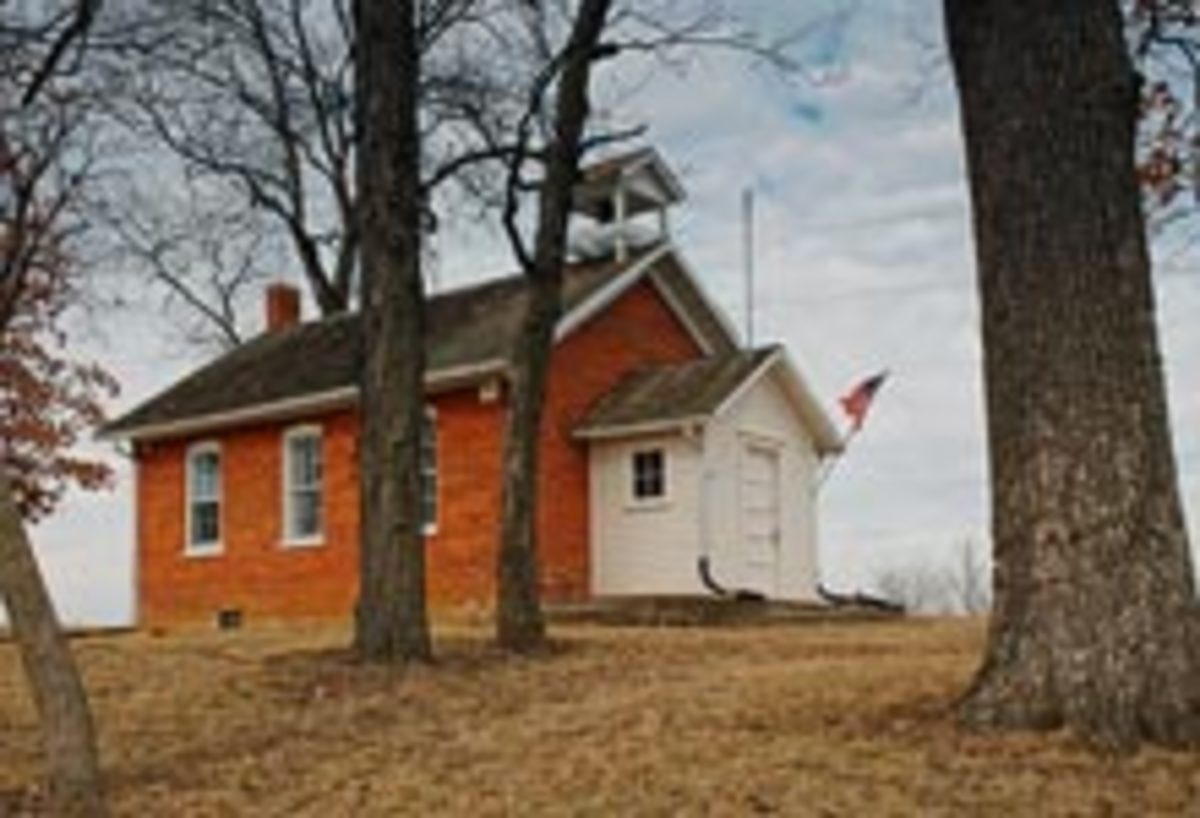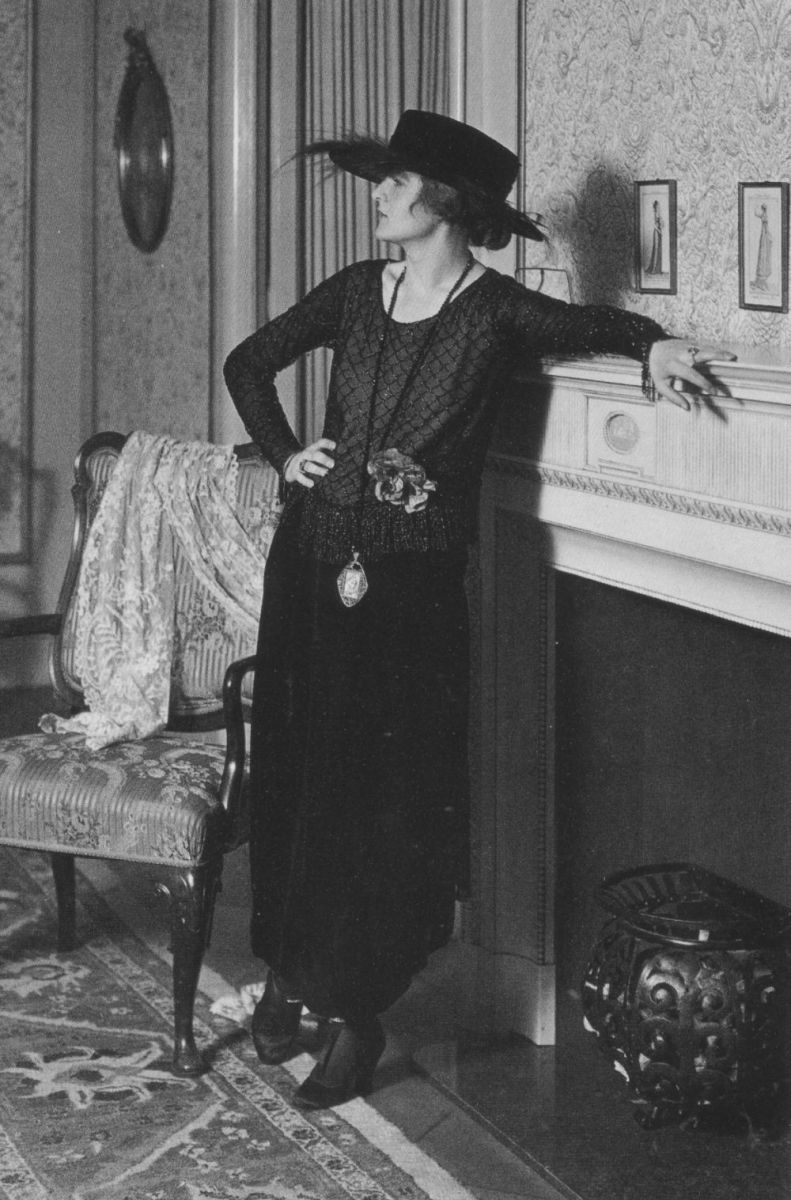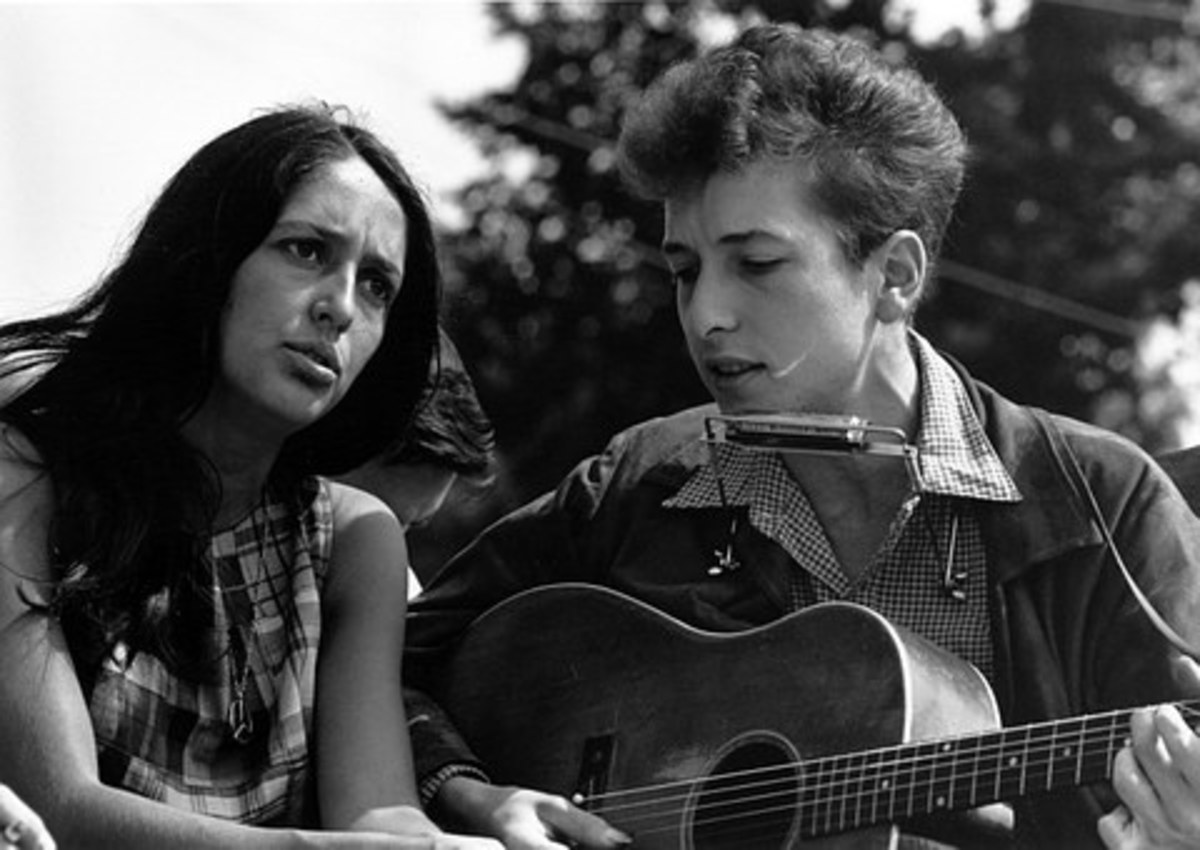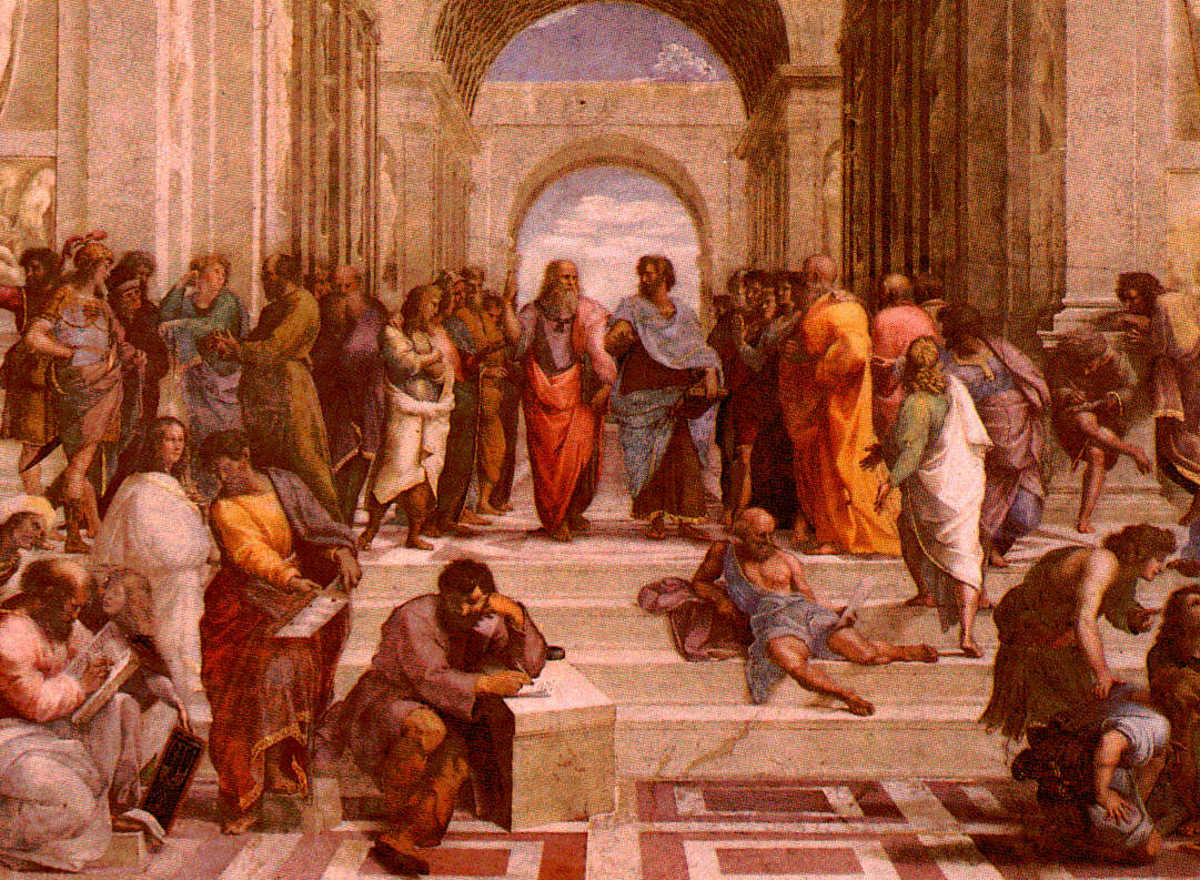The Twenties-Ain’t We Got Fun?
My most favorite times in history are usually the periods that are most stark from that which came before. The Twenties definitely qualifies. When I was twenty, I went to visit my Uncle Leonard as he was going to be the focus of my English composition assignment, as I was attending college at that time. He was well into his seventies living in Denver’s Capitol Hill area full of stately Victorian Era homes. By this time, he was the consummate gentlemen warning us young folks of our wayward ways and attending church every Sunday. I said to him, “I know that you are now being good and trying to get into heaven, but what did you do when you were my age, really”? “Come on now, you haven’t been a “goody two shoes” all of your life”? He told me that he was living in Harlem during the twenties and went to speak-easys’ with bootleggers. You have to check Webster’s to get the definition of these cryptic 1920’s era terms, there will be more coming. Think about that, while we were “streaking” in the 1970’s, he was listening to Boogie Woogie Jazz, while in full violation of the Volstead Act!
John Held, Jr., who illustrated many magazines during the period created much art work reflecting what it was like to be young during the time. He primarily focused on college boys and flappers. I have included an example of Mr. Held work. After all, this was the “Lost Generation”, post World War I, which was supposedly the war to end all wars. People were tired of the gloom and doom of the previous decade. You know, making the world safe for democracy and all that. It was time now to kick up ones heels and have a little fun. Literature reflected the mood of time through the writing of F. Scott Fitzgerald. All Wars Fought, All Gods Dead. The change in hemlines and the social freedom women gained during the period was fitting as American women received the franchise early in the decade. See the picture of a well dressed flapper standing next to her fliver. Jazz was coming in to its own as an art form; George Gershwin was composing beautiful melodies. We had Rudy Vallee and King Oliver. The Twenties was cultural renaissance for the nation and for Harlem. Has anyone heard of Countee Cullen or Langston Hughes? What about the movies? Here is a clip from a 1927 film with Joan Crawford called 'Our Modern Maidens', showing 1920’s mores clearly on display. This was the time when Hollywood ascended and the term ‘movie star’ took hold, Rudolph Valentino, anyone?
Art Work of John Held Jr.
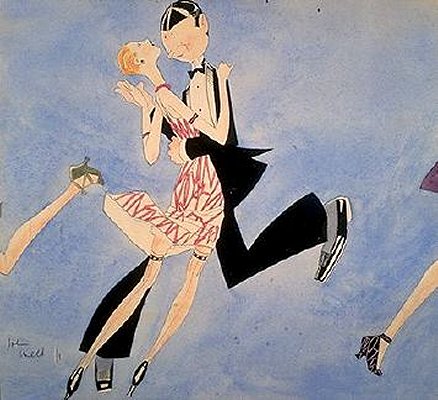

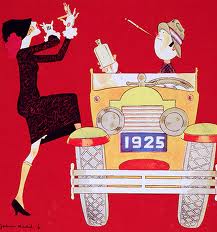
Typical Well Dressed Flapper Next to Her Car
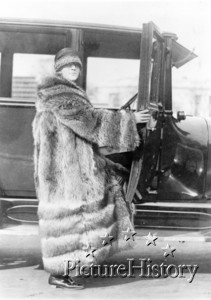
Our Modern Maidens (1929)
1929 Photo of Vladimir Zworkin, television pioneer with well dressed flapper and crude television receiver

In olden days, a glimpse of stocking
Was looked on as something shocking.
But now, God knows,
Anything goes…..
It was the first time in history where the term “pop culture’ could apply. Advertising of any and everything took off during the Twenties. Magazine publishing and circulation increased markedly from over the previous decade. The radio receiver was coming into its own; add to that the 78 phonograph records and everybody could get in on the action. In the mid 1920’s the first televised images were transmitted through the experimental medium of television. We cannot forget the liberating effect of the automobile on society, by this time it is well beyond a mere curiosity. Look at all the mobility and things you could get away with, ‘necking’ for example. Everybody who was anybody had a hip flask of hooch, and we know today that alcohol and gasoline do not mix well. The 1920’s is where it started and is truly modernity’s father.
What about all the colorful characters, mobsters most of them. I use to love to watch “The Untouchables” on TV with Robert Stack and narrated by Walter Winchell. It had that black and white ‘film noir’ look. I was always interested in the exploits of these gangsters. Robert Stack played Eliot Ness, the incorruptible Treasury Officer, who had a mission to bring down head mobster Al Capone of Chicago. The bad guys were bold and brazen. Imagine spraying your adversaries’ place of business with submachine gun fire, considered a “hit” during broad daylight. You had the legendary Jack ‘Legs” Diamond, who was remembered as indestructible as he survived multiple gunshot wounds. But eventually he was killed and so ended the legend. And then there was ‘Dutch’ Shultz of New York. The bad guys of today are no where near as colorful. The Thompson Sub Machine Gun was the tool of trade, fondly remembered as the ‘Tommy gun’ or a ‘chopper’. The women were known as gangster’s molls. So, it all culminated on Valentines Day, 1929, when Al Capone’s subordinate Jack McGurn masterminded the massacre of seven men in a Chicago garage who were working for rival Bugs Moran. It was truly a bloody valentine present for Bugs from Al. Fortunately, for Moran he missed the party and died in prison much later from natural causes. I know it wasn’t funny, but I got a kick out of the fact that Al always sent flowers to the funeral whenever he had a rival ‘rubbed out’, ain’t we got fun?
None of this would be complete without a mention of the barnstormers. How about those magnificent men in their flying machines? While we baby boomers growing up in the 1960’s were following the early exploration of space by NASA, in the 1920’s aviation was all the rage. Who could get across the oceans, over the continents, each dare was just that more daring than the last one. How about the Lindbergh flight from New York to Paris in 1927? It was the 1920’s technical equivalent of the 1960’s Gemini and Apollo programs.
The 1920’s were so similar to the 1960’s in many ways. But the social upheaval and broad discontent was not there then, except for the occasional scare from Bolsheviks and anarchists. Uncle Leonard and I had a great conversation and I recorded most of it. As a World War I veteran, he had seen a great deal. The sixties were unfathomable to him. It may very well be true that as you age you become more conservative. But, he kicked up his heels during the twenties, a period which at that time had no peer. To this day, I kept the recording and his courting letters to his future wife, dated 1916-1917. He died in 1980.

